Indie rap artists have carved out a unique niche in the music world, blending authentic storytelling with innovative beats to create a sound that resonates deeply with audiences. Often referred to as underground hip hop, indie rap has grown from its grassroots beginnings to become a significant force in the genre, attracting fans worldwide. These artists, known for their independence and unfiltered expression, represent a diverse range of styles and influences, from experimental beats to lyrical diversity. Whether you’re a seasoned fan of hip hop or new to the scene, there’s something captivating about the raw authenticity of indie rap artists. From rising stars to established legends, this article delves into the origins, unique characteristics, and cultural impact of these talented musicians who continue to push boundaries and redefine the art form.
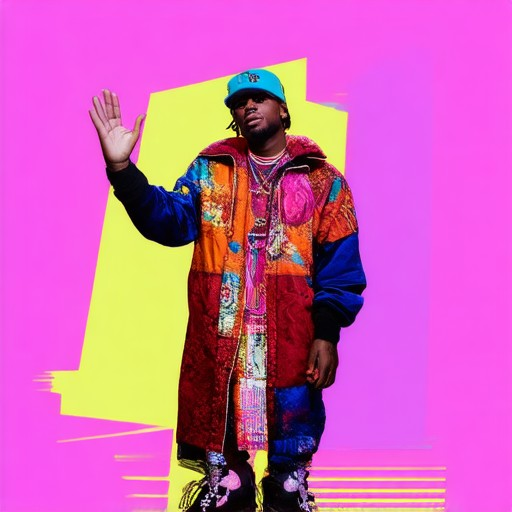
What is Indie Rap Called?
Indie rap, also known as underground hip-hop or indie hip-hop, refers to a genre of music that operates outside the mainstream commercial sphere of hip-hop. This subgenre emphasizes authenticity, originality, and a DIY ethos, often focusing on storytelling, social commentary, and personal journeys. Unlike mainstream rap, which frequently prioritizes commercial success and mainstream appeal, indie rap typically eschews conventional structures, opting instead for experimental beats, unique flows, and a focus on lyrical depth.
Indie rap is characterized by its raw, unpolished sound and a strong sense of community among artists. Many indie rappers draw inspiration from older forms of hip-hop, incorporating elements of jazz, funk, and electronic music. The genre has seen significant attention over the years, with artists like J. Cole, Kendrick Lamar during his earlier career, and Eminem in his independent days gaining recognition for their work in this space.
While mainstream rap often focuses on themes of success, materialism, and celebrity, indie rap frequently tackles more introspective and socially conscious topics. Its audience is often passionate and dedicated, supporting artists through grassroots movements and independent record labels. The underground hip-hop scene is also known for its do-it-yourself spirit, with many artists producing their own music, distributing it independently, and building their fanbases through word-of-mouth and performances at local venues.
(https://abstracthiphop.com/)
What is indie rap style?
Indie rap, often referred to as indie hip-hop, is a genre characterized by its authenticity, uniqueness, and departure from mainstream conventions. It emphasizes a DIY ethos, with artists often producing their own music independently without reliance on major record labels.
- Production: Indie rap typically features lo-fi, beat-driven tracks with a focus on organic, sample-based production. Beats may incorporate elements of electronic music, synth pads, and experimental sounds, creating a distinctively gritty and raw vibe.
- Lyrical Content: Lyrics often delve into introspective themes, social commentary, and personal experiences. The delivery can vary widely, ranging from smooth, melodic vocals to aggressive, confrontational rapping, depending on the artist’s style.
- Subgenres: Within indie rap, there are several substyles, including chillwave rap, lo-fi hip-hop, and experimental beats. These subgenres often blend elements of electronic music, jazz, and punk, creating a diverse range of sounds.
- Community and Culture: Indie rap has a strong underground following, with a focus on community building and artistic freedom. Many artists use platforms like Bandcamp, SoundCloud, and YouTube to share their work directly with fans.
Indie rap stands apart from mainstream rap due to its emphasis on individuality, innovation, and a rejection of commercial norms. It serves as a hub for artists who want to push creative boundaries and connect with like-minded fans.
Learn more about indie rap and discover emerging artists on Abstract Hip Hop.
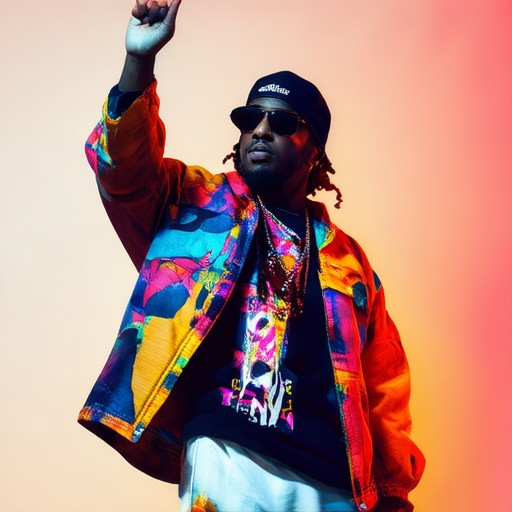
Who Is the Biggest Independent Rapper?
The term “biggest” can be subjective, but several rappers have made significant impacts without relying on traditional record deals. Here are a few notable names:
- Chance the Rapper – Known for his grassroots success, Chance rose to fame through mixtapes and collaborations. He became the first artist to win a Grammy without signing to a major label, thanks to his massive fanbase and streaming success.
- J. Cole – Renowned for his lyrical prowess, J. Cole built his career outside mainstream attention, gaining critical acclaim and a loyal following through independent releases.
- Kendrick Lamar – While Lamar initially signed to a major label, his independent projects like Mr. Nice Time and collaborations have showcased his ability to thrive outside traditional structures.
- Lil Yachty – Rising through the ranks via SoundCloud and mixtapes, Lil Yachty became a household name in hip-hop through his independent approach and viral hits.
- Nas – A legend in the game, Nas has consistently delivered high-quality music, often operating independently after parting ways with his initial label deal.
- Jay-Z – Although he started with a major label, Jay-Z’s influence extends far beyond his music, including founding Roc-A-Fella Records and mentoring numerous artists.These artists have demonstrated that independence can lead to significant success, often leveraging platforms like Spotifyand Apple Musicto connect directly with fans. Their stories highlight the evolving landscape of the music industry, where artists can thrive outside conventional systems.
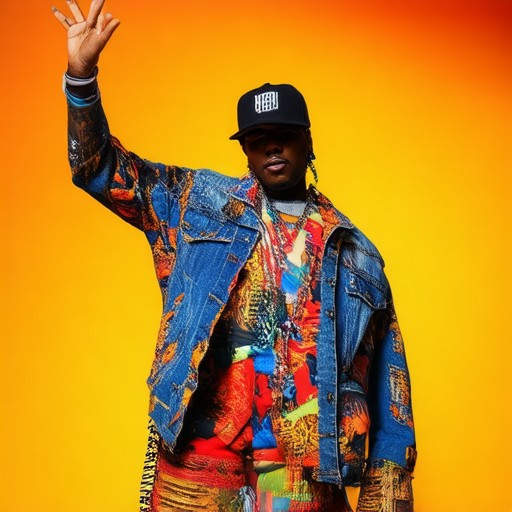
Who Started Rapping at 14?
Rap music, a genre deeply rooted in African American culture, originated in the late 1960s in New York City. While the exact origins of rapping are debated, several artists made significant contributions to the genre at a relatively young age. Among them, MC Lyotardgained recognition in the early 1980s, and it is believed he started rapping around the age of 15. Similarly, Busy Bee, a member of the Cold Crush crew, also emerged during this era, contributing to the vibrant hip-hop scene as a teenager.
While there isn’t a widely recognized rapper who began rapping at precisely 14, these artists exemplify how young people played pivotal roles in shaping the genre. Their contributions highlight the influence of teenage voices in the evolution of rap music.
Who Is the Oldest Rapper Still Alive?
As of recent years, several legendary rappers have made significant contributions to the music industry, and many are still active today. Here’s a list of some of the oldest rappers still performing:
- Shyne – Known for his gritty New York City storytelling, Shyne has been active since the early ’90s.
- KRS-One – The leader of Boogie Down Productions, KRS-One is one of the pioneers of East Coast hip-hop and has been a prominent figure since the late ’80s.
- Nas – Often regarded as one of the most influential rappers of all time, Nas has been active since the mid-’90s.
- LL Cool J – A staple of ’80s and ’90s hip-hop, LL Cool J is still touring and releasing music.
- Snoop Dogg – One of the West Coast rappers who rose to fame in the ’90s, Snoop Dogg remains a dominant force in the music industry.
These artists have consistently contributed to the evolution of hip-hop culture and continue to inspire new generations of rappers.
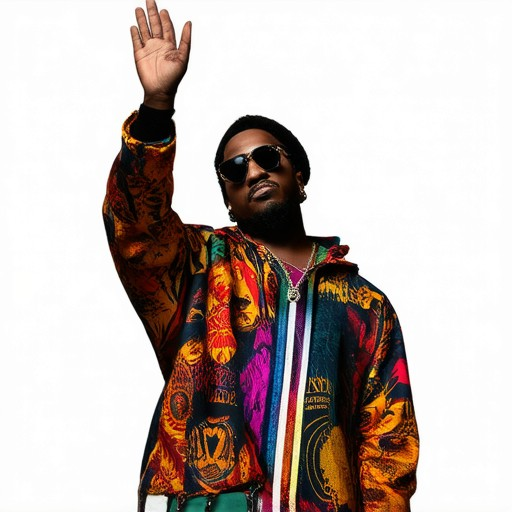
What Age Group Listens to Rap?
Rap music has a broad audience, but it is particularly popular among:
- Teens aged 13-19: This age group forms a significant portion of rap listeners, often influenced by social media and digital platforms.
- Young adults aged 20-29: This demographic is highly engaged with rap, contributing to its mainstream popularity through streaming platforms and live performances.
- Adults aged 30-40: While not the primary audience, many in this group enjoy rap for its storytelling and cultural significance.
Rap also appeals to:
- Urban and suburban populations: Cities and suburbs often have higher rates of rap listeners due to greater exposure to hip-hop culture.
- Men and women equally: Both genders have strong representations in rap’s fanbase, though men slightly outnumber women in some demographics.
In conclusion, rap music’s appeal spans across various age groups, with the largest listener base consisting of teenagers and young adults in their late teens to early thirties.

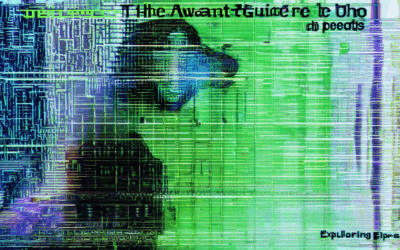


0 Comments